【编者按】今天(6月3日),中国共产党第一次全国代表大会纪念馆在上海正式开馆,“伟大的开端——中国共产党创建历史陈列”展览同步呈现,无数人翘首期盼着前往新馆“一探初心”。
为了帮助参观一大纪念馆的国外民众认识到中国共产党真正为中国人民谋幸福而奋斗,了解中国共产党为什么能、马克思主义为什么行、中国特色社会主义为什么好,能够真实亲切地感受我们党产生和发展过程,助力塑造中国共产党可歌可泣、可敬可信的国际形象,有一批上外人,怀着一份特殊的使命感,在开馆前付出了日夜辛劳——
今年 1 月中旬,上海外国语大学与中共一大纪念馆签署战略合作框架协议,致力于构建新型国际传播话语体系,对外讲好中国共产党的故事。其中的重中之重,是为一大新馆的党史展陈做好译介。在上外党委的直接领导和关心下,校党委办公室临时设立专门编辑部,牵头协调组建了涵盖英、法、俄、西、阿、德、日这 7 种语言的近 40 名中外专家团队,在短短几个月时间里,完成近 40 万字的文案译介任务。
他们如何看待这一份神圣而艰巨的任务?译介文字背后有怎样的细节考量?这些上外人的故事,随着一大纪念馆今天正式开馆揭开层层面纱,来看媒体中英文报道。
是翻译,也不仅是翻译!
上外与一大纪念馆合力讲好中国共产党的故事
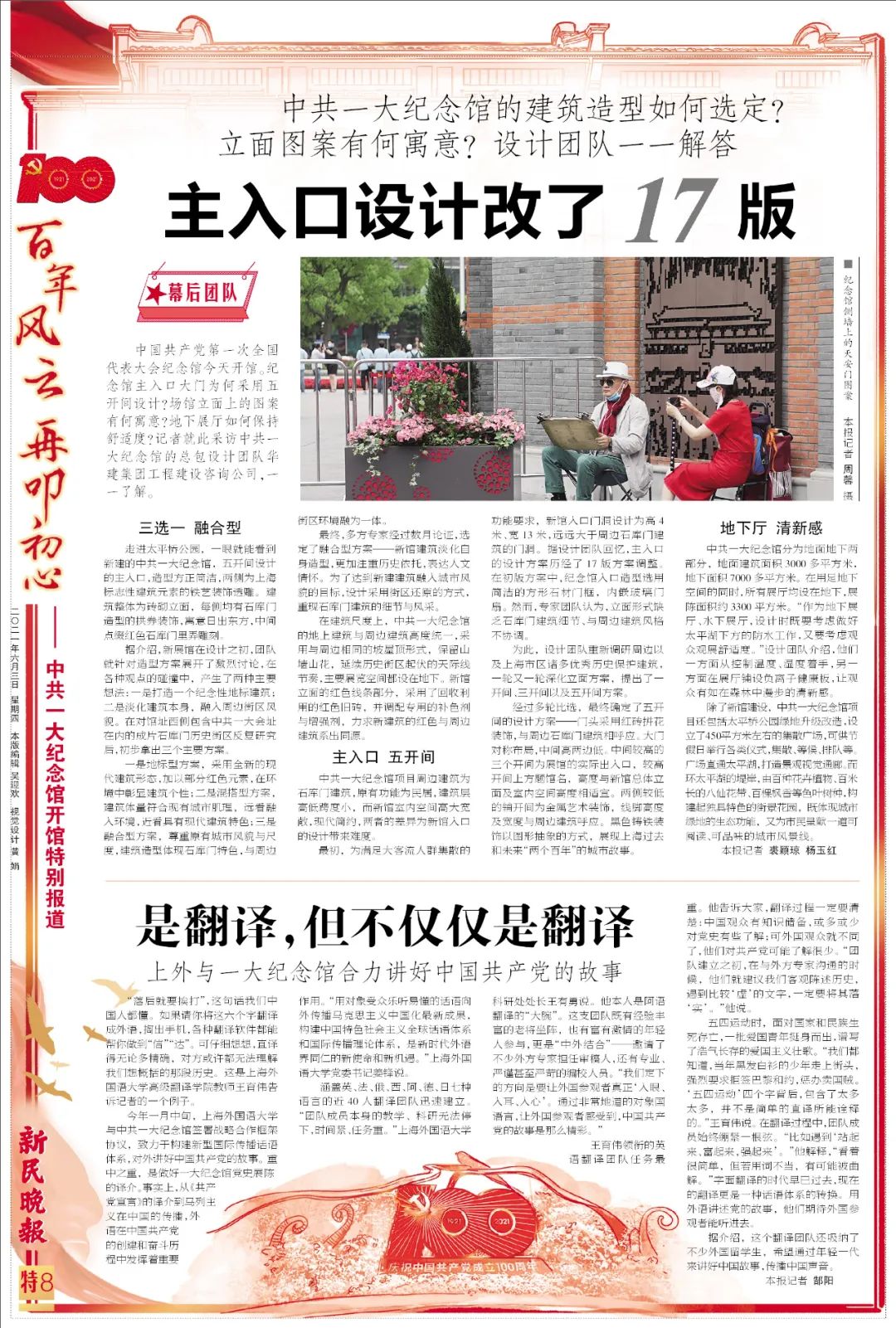
今日(2021年6月3日)《新民晚报》特别报道
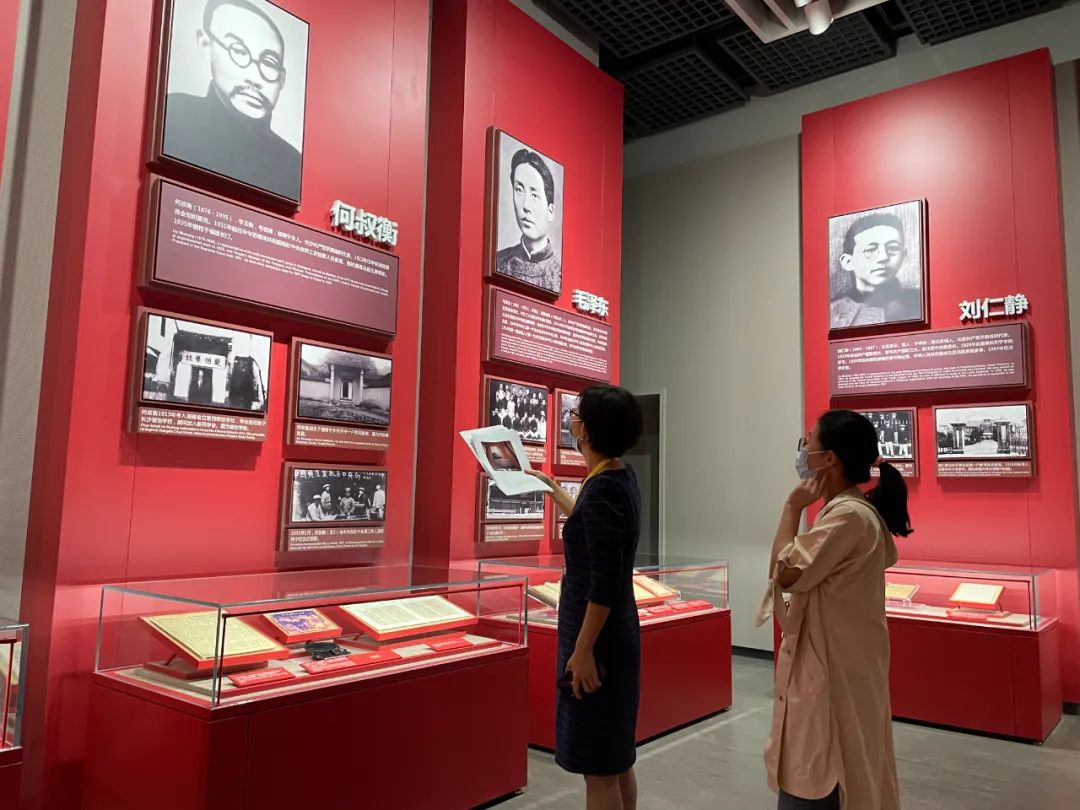
开馆前夕 上外翻译团队前往一大纪念馆反复审校展陈文字
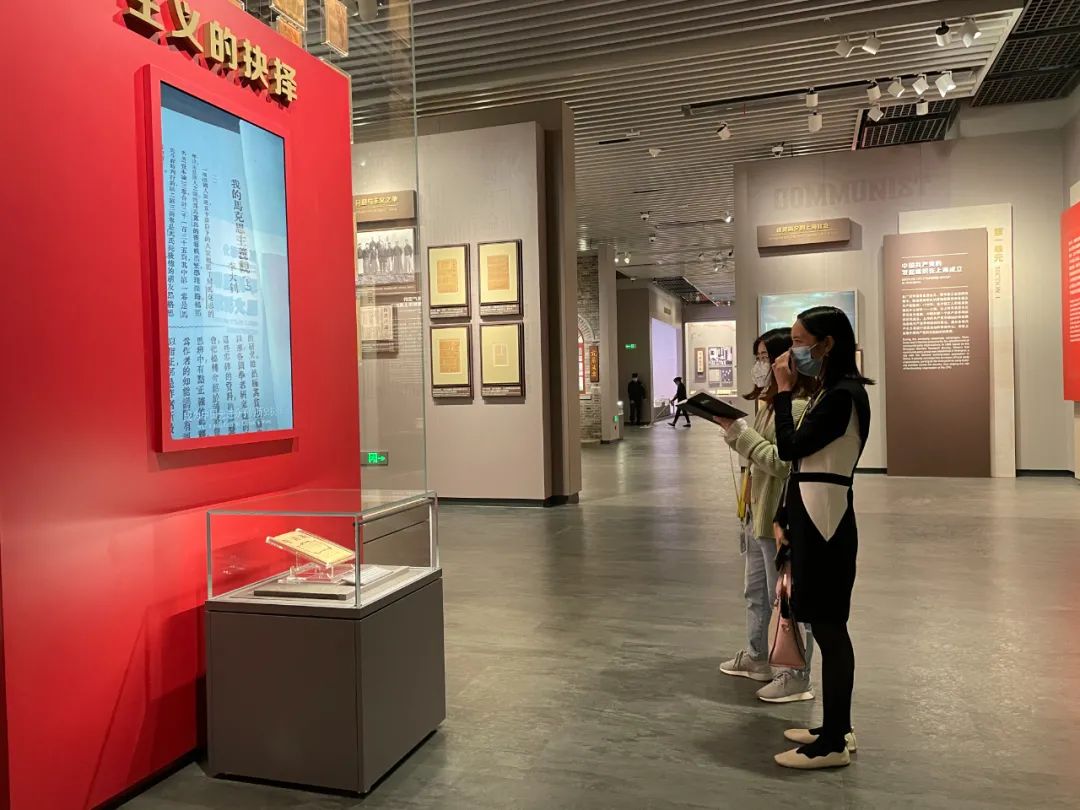
开馆前夕 上外翻译团队前往一大纪念馆反复审校展陈文字
New efforts by university scholars in China to make CPC history accurate and better known overseas
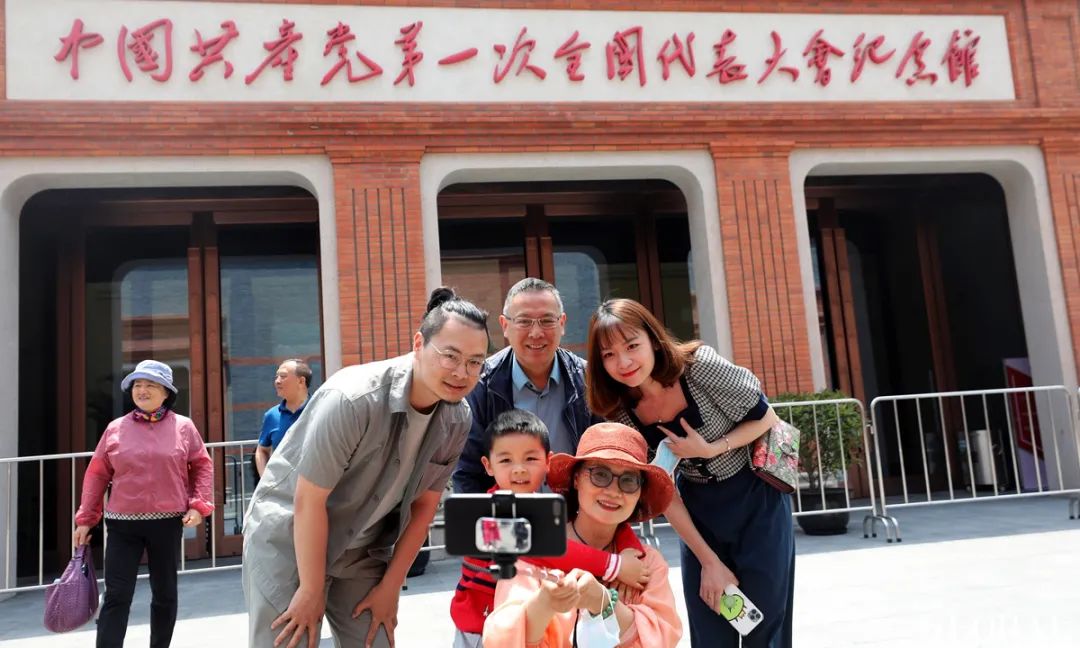
Visitors take a picture in front of the memorial site of the First National Congress of the CPC. Photo: Yang Hui/GT
A group of about 40 teachers from Shanghai International Studies University (SISU) recently were given a challenging job: translate the history of the Communist Party of China (CPC) into seven different languages - English, Russian, French, Spanish, Arabic, German and Japanese, to help more foreigners better know and precisely understand the CPC's true history.
The translation will be showcased in the iconic memorial site of the First National Congress of the CPC in Shanghai, where the Party was born in 1921. Along with over 1 million visitors from home, the memorial also received over 20,000 international visitors, including foreign diplomats and students, in one year.
How can foreigners learn about China and its history? Translators play an important role. For the international audience, learning about the real history of the CPC is a helpful way of understanding China, Jiang Feng, chair of the University Council from SISU, told the Global Times. The century-long journey that the CPC has taken to rejuvenate the Chinese nation has been spectacular and unprecedented in human history.
The devil is in the details
We were given the original materials, about 160,000 words, between January and the end of February, and we were scheduled to hand in the work in April, Mao Xiaohong, deputy director of the University Council Office, who is responsible for the entire project's coordination told the Global Times.
Over the past several decades, China has made spectacular economic achievements, lifting over half a billion people out of poverty and becoming the second largest economy in the world. But the West remains biased over China's economic development.
Due to this, the teachers, including non-Party members, participating in the project all feel excited about the responsibility they have to help the outside world learn about China and the history of the Party as they are.
We have to be extremely precise especially on historical facts, as we need to respect the truth and act as a woodpecker to continue to check and improve the works, Mao explained.
The translators have to review a lot of reference books to know the history before translating, Mao said, noting that the translators conducted extensive fact-checking research into every little detail.
For example, in order to be sure about which Dong Ya Lü Guan Henk Sneevliet stayed in when he attended the First National Congress of the CPC in 1921, they checked a lot of historical records and literature. Eventually, they found out it was the Oriental Hotel, and not the East Asia Hostel.
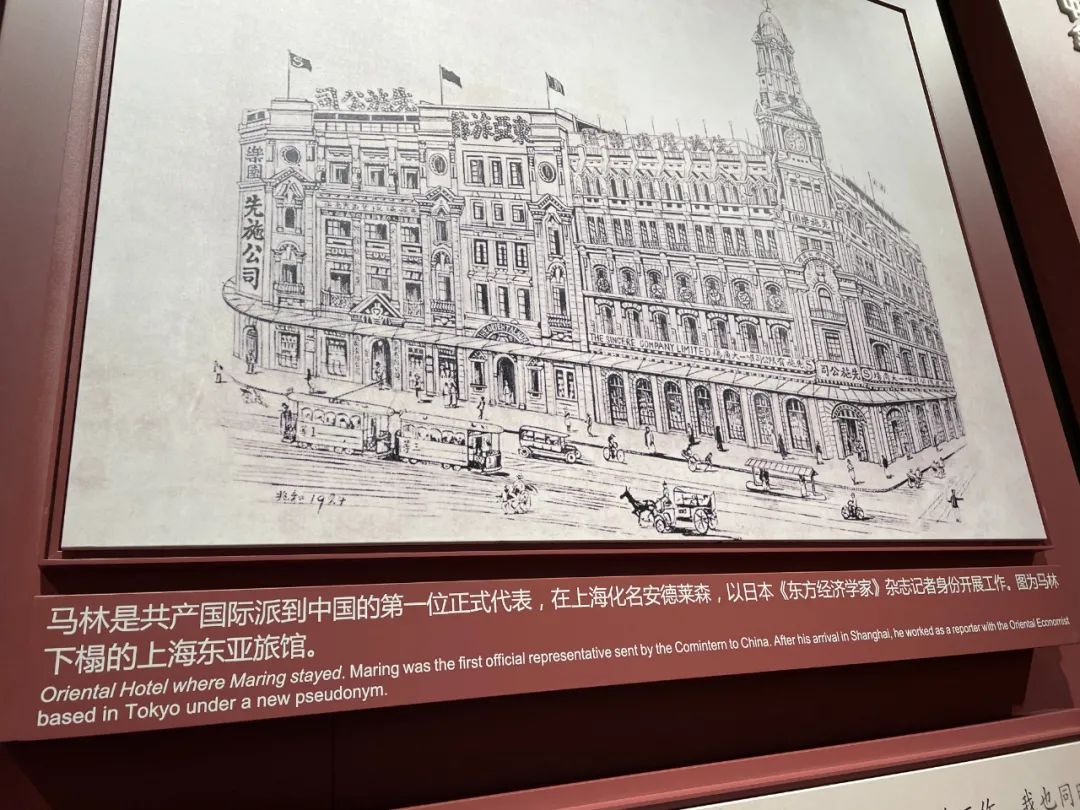
In order to ensure the captions and descriptions in English match the exhibits and photos the memorial, Mao and her colleagues went to the memorial sites to review the contents section by section. They needed to make sure they used the most suitable translations to fit into the limited space for captions.
'Do our bit'
Wang Yuwei, a lecturer at SISU, responsible for the English translation, feels a lot of pressure on his shoulders, as English translations will finally be showcased alongside the Chinese version. We had to select the most concise words considering the space limits, Wang told the Global Times.
He noted that it's very important to make the English translation reader-friendly. Most Chinese visitors have a general knowledge of the Party's history, so it's much easier for them to understand the brief introduction showcased in the exhibition, however,most foreigners have next to zero knowledge of modern Chinese history, Wang noted.
We had to dig deeper beneath the surface. Instead of a sentence-for-sentence approach, we reorganized and presented the information in a way that is clear, engaging and informative, Wang noted, adding that translators need to have their target audience in mind, and focus on getting the intended message across, instead of working on formal equivalence.
He shared how he translated the title of a sub-section on China's early defeats at the hands of Western powers, luo hou jiu yao ai da, which literally means that You will get beaten if you are backward.
These words are originally intended for the Chinese audience as a succinct, bitter reminder of China's 'Century of Humiliation' between 1840 and 1949, he said, We cannot translate it literally, because it will be like we, as a victim of foreign invasions, are endorsing and preaching the notion that 'might makes right.' China is not like the West. We will never be a bully.
We are professional language workers…and we wanted to do our bit, Wang felt proud that he and his colleagues could participate in this project.
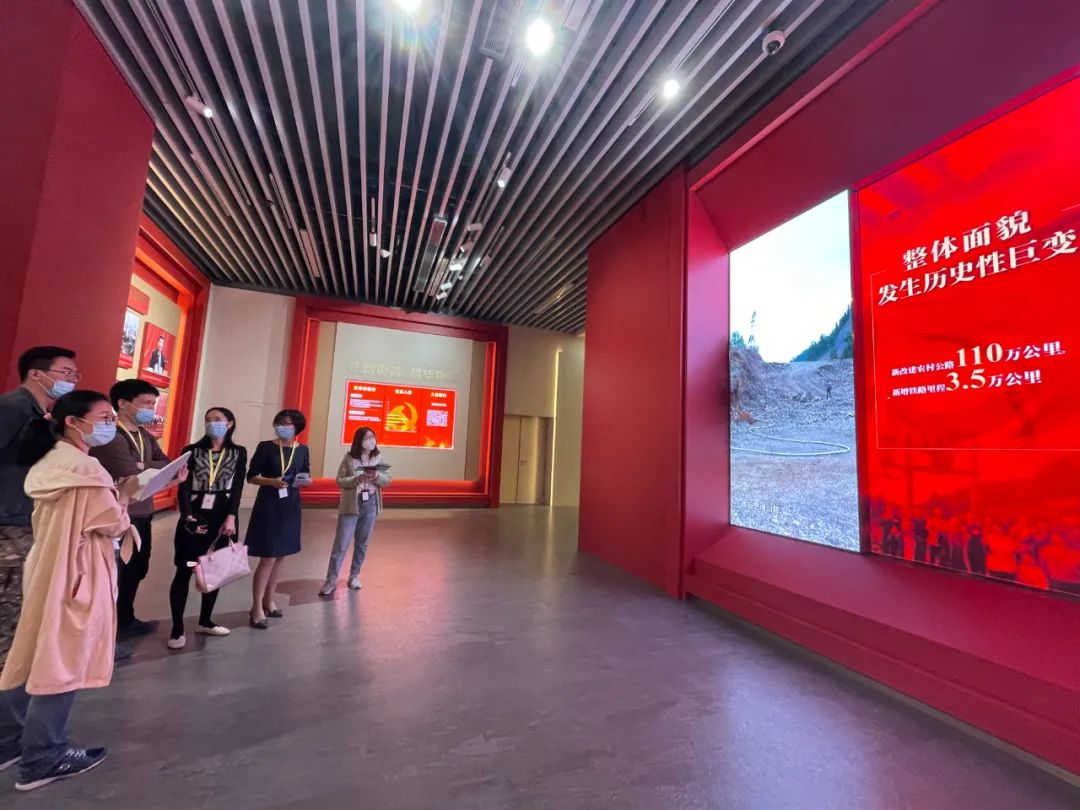
'Strike a chord with readers'
Another professor of Arabic language and literature at SISU, Wang Youyong, has also translated a lot of Chinese classics into Arabic such as Xunzi, a political collection of Xun Kuang, a thinker in the late Warring States Period (475BC-221BC).
Wang took an idiom translation as an example and had a discussion with his students about how to translate the Chinese idiom tao guang yang hui, which Deng Xiaoping, the late Chinese leader, used to say that China should keep a low profile on the international arena.
It's very dangerous and false to translate this as to hide one's ability and pretend to be weak without looking at the context where it was used, Wang said, China has nothing to be hidden or done under false pretense.
Translators from SISU also invited experts from target countries who don't speak Chinese to read their translations and give some advice to ensure the translation is native-speaker friendly.
If a language is only translated without grammar mistakes, but is blunt and obscure for its intended readers, the translation is useless, Wang told the Global Times, believing a good translation reflects harmonious rhyme and connotation, and can strike a chord with its readers. ■
( By Yu Xi )
●●●●●
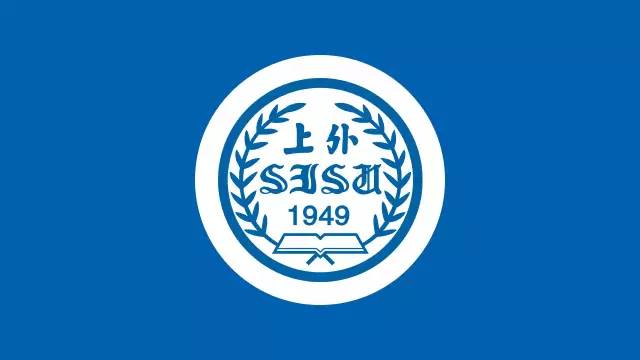
据悉,自7月起,上海外国语大学青年志愿者协会作为上海红色纪念地青年志愿者服务联盟成员,将向中共一大会址纪念馆输送场馆服务和信息采编志愿者。

